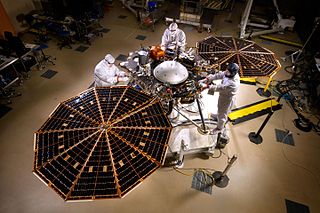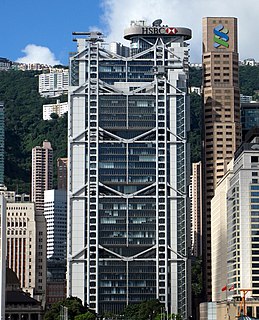
École de technologie supérieure (ÉTS) is a public engineering school in Montreal, Quebec, Canada.
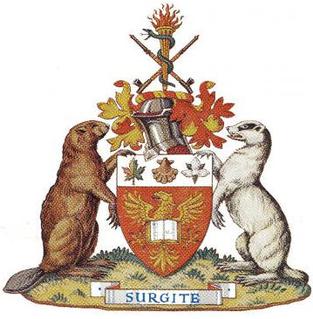
Brock University is a public research university in St. Catharines, Ontario, Canada. It is the only university in Canada in a UNESCO Biosphere Reserve, at the centre of Canada's Niagara Peninsula on the Niagara Escarpment. The university bears the name of Maj.-General Sir Isaac Brock, who was responsible for defending Upper Canada against the United States during the War of 1812.

Vishwakarma Institute of Technology (VIT) is an autonomous engineering college located in Upper Indira Nagar, Bibwewadi, Pune, Maharashtra, India. The institute was established in 1983 and it is affiliated to the Savitribai Phule Pune University. The college has NAAC and NBA accreditation(A++).

The College of Engineering is a division of Cornell University that was founded in 1870 as the Sibley College of Mechanical Engineering and Mechanic Arts. It is one of four private undergraduate colleges at Cornell that are not statutory colleges.

The University of Moratuwa, located on the bank of the Bolgoda Lake in Katubedda, Moratuwa is the most sought after technological university in Sri Lanka. Apart from academics including undergraduate and postgraduate studies, the University of Moratuwa presents social and cultural activities, student services, societies, and sports and recreational activities. The institution was known as Ceylon College of Technology, Katubedda before gaining university status. Its roots go back to the Institute of Practical Technology founded in 1960 to provide technical education.

The Cal Poly San Luis Obispo College of Engineering is the engineering college of the California Polytechnic State University in San Luis Obispo, California. It has over 200 faculty members and more than 6,000 students enrolled in fourteen bachelor's and in eleven master's degree programs through nine engineering departments. Its facilities house more than 80 classrooms, laboratories and work spaces occupying more than 160,000 square feet.

The Great Northern Concrete Toboggan Race (GNCTR) is an annual event that challenges the creativity of engineering students. The competition originated in 1974 and was created by Dr. S. H. Simmonds, president of the Alberta chapter of the American Concrete Institute. The first race was held in 1975 with participants from the University of Alberta, University of Calgary, Northern Alberta Institute of Technology, and Southern Alberta Institute of Technology. Since its beginning, GNCTR has grown to include universities and technical schools from across Canada with occasional entries from the United States and Europe.
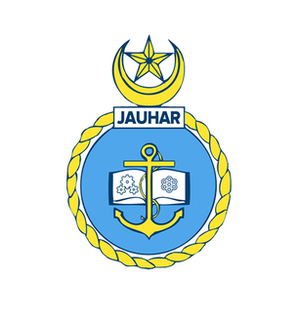
The Pakistan Navy Engineering College is an accredited research college operated by the Pakistan Navy. Located in Karachi, Sindh Province of Pakistan, it grants bachelor's, master's and doctoral degrees in the science and engineering disciplines and is also a constituent colleges of the National University of Sciences and Technology, Pakistan.

The Faculty of Engineering at McMaster University in Hamilton, Ont., is known for innovative educational programming, such as its five-year engineering and management program, and for its research and engagement with industry and community. Established in 1958, its institutes, centres and laboratories have collaborated on numerous research projects with the public and private sectors. It has the distinction of being the first engineering program to have included problem-based learning into its teaching, importing it from the McMaster University Medical School where it was first developed. The Faculty is home to 1 Canada Excellence Research Chair, 13 Canada Research Chairs, 4 Natural Sciences and Engineering Research Council chairs, and 14 Endowed Chairs.

Gaziantep University is a public university in Gaziantep, Turkey. Gaziantep University has 10 faculties, containing a total of 22 academic departments, with a strong emphasis on scientific and technological research.

The Schulich School of Engineering is an accredited engineering school located in Calgary, Alberta, Canada. It currently has 4,610 enrolled students and over 150 faculty members. The school offers nine engineering degree programs.

The Macdonald Campus of McGill University houses McGill's Faculty of Agricultural and Environmental Sciences (FAES), which includes the Institute of Parasitology, the School of Human Nutrition and the McGill School of Environment. It is located in Sainte-Anne-de-Bellevue, Quebec, in the West Island region of the Island of Montreal. The property is also the home of John Abbott College.

Central Campus commonly known as Pulchowk Engineering Campus is one of the four constituent campuses of the Tribhuvan University, Institute of Engineering in Nepal and is one of the best engineering colleges in Asia. This is central campus of Institute of Engineering(IOE) in Lalitpur city. This campus offers Bachelor’s course, Master’s courses and Doctoral programmes.
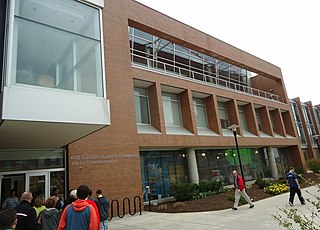
The Kate Gleason College of Engineering (KGCOE) is the engineering college at the Rochester Institute of Technology. The college is home to all of RIT's engineering programs except for software engineering, which is part of the B. Thomas Golisano College of Computing and Information Sciences. Enrollment for the 2014-15 academic year, per the 21 Day Report: 2,742 undergraduate students, 714 graduate students, 22.01% female. 100% of tenured and tenure-track faculty hold doctoral degrees.

The College of Engineering at Michigan State University (MSU) is made up of 6 departments with 168 faculty members, over 5,000 undergraduate students, 9 undergraduate B.S. degree programs and a wide spectrum of graduate programs in both M.S. and Ph.D. levels. Each department offers at least one degree program, however many include more than one degree, multi-disciplinary programs, certifications and specialties as well as other degree programs affiliated with other colleges at Michigan State University.
The Irwin and Joan Jacobs School of Engineering is an undergraduate and graduate-level engineering school offering BS, BA, MEng, MS, MAS and PhD degrees at the University of California San Diego in La Jolla, California. The Jacobs School of Engineering is the youngest engineering school of the nation's top eleven, the largest by enrollment in the University of California system, and the ninth-largest in the country. More than thirty faculty have been named members of the National Academies. The current dean of the Jacobs School of Engineering is Albert P. Pisano.
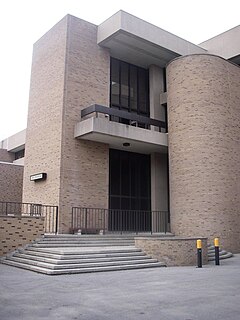
The Faculty of Engineering is one of six faculties at the University of Waterloo in Waterloo, Ontario, Canada. As of 2016, it has 7,630 undergraduate students, 1,872 graduate students, and 309 faculty. It had 42,924 alumni in 2016, making it one of Canada's largest engineering faculties. The Faculty of Engineering houses 8 academic units and offers degrees in a variety of disciplines.
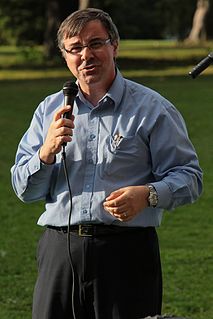
The College of Engineering and Physical Science (CEPS), formerly the College of Physical and Engineering Science, is one of the colleges at the University of Guelph located in Guelph, Ontario, Canada. In 1989, the Ontario Agricultural College (OAC) School of Engineering was merged with the College of Physical Sciences to become the CPES.
The Faculty of Engineering & Applied Science is the faculty responsible for all students pursuing degrees in the various engineering disciplines at Queen's University in Kingston, Ontario, Canada. Undergraduate students are represented by the Engineering Society.
The UOIT Engineering Students’ Society, also known as UOIT EngSoc, is the representative student body for all undergraduate full-time students enrolled in the Faculty of Engineering and Applied Science (FEAS) and the Faculty of Energy Systems and Nuclear Science (FESNS) at the University of Ontario Institute of Technology (UOIT). In addition to providing funding for engineering clubs and groups, UOIT EngSoc organizes professional development, extracurricular and sports events for over 1,800 members, proudly representing engineering students at Ontario’s fastest growing university. Established and registered in 2003 under the Student Association at Durham College and UOIT originally as a club and later in 2008 as a society, UOIT EngSoc is one of the largest and most active students’ societies at the university. UOIT EngSoc is recognized by both the engineering faculties at UOIT and is formally affiliated with Canadian Federation of Engineering Students (CFES) and the Engineering Students’ Societies’ Council of Ontario (ESSCO). The UOIT Engineering Students’ Society currently operates under the governing policies of Student Association at Durham College and UOIT, in addition to its own governing documents including a constitution and policy manual. In addition to the base funding provided by UOIT’s Student Association, UOIT EngSoc has, in previous years, attempted to create a referendum to establish a levied fee for all its members in order to provide better services and increase representation for engineering students. In 2013, UOIT EngSoc was successful in passing the referendum, due to the efforts of Arnold Odrigio and the Engineering Opportunities Fee Committee.

